4-Chord Progression Turnarounds To Use At The End Of a Musical Phrase
Chord Progression Turnarounds – What Are They?
Good morning. This is Duane again and we have been doing a series about music theory called Good Stuff You Really Ought To Know About Music. One thing you ought to know about music, when it comes to piano playing at least, is that there are things called turnarounds. Turnarounds are chord progressions, usually made out of 3 or 4 chords, that fill up the empty spaces between phrases. So we are talking about chord progression turnarounds in this video.
Let me give you an example. Say you’re playing America the Beautiful. That is the end of a phrase, isn’t it? You can tell that because if you know the words, it pauses after that, but even if you didn’t know the words, there’s 1, 2, 3, 4, and that note holds for a whole measure before it goes on. Up to then, it’s busy. The melody ends on the 5th degree of the scale. We’re playing in the key of C. 2, 3, 4, so to make it more interesting, we want to do something while that note is being held, and what we can do is use a turnaround made out of 4 chords, going from the 3rd to the flat 3rd to the 2nd to the flat 2nd and then ready to start again.
Let me just play it in context so you can see what I’m talking about and then we’ll slow it down. That was a turnaround. Notice it’s when the 5th of the chord is on top. There are different turnarounds. If the 3rd was on top, we’d have to do something like this. If the root was on top, we’d have to do something like this. There’s lots of different turnarounds you can use but this is the one that’s quite effective when the 5th is on top. You’ll find many situations in songs, many situations where the 5th is on top, the top note of the melody, so you need to turnaround like that.
Let me play it very slowly. Now, we start on the 3rd, see the 1, 2, 3. E is the 3rd so I’m going to play an E minor 7th with the melody on top. Melody has to stay on top. Then, I’m going to sync down half a step to E flat 7th. My left hand’s going to go like this incidentally. E, E flat, D, D flat, C. I’m just playing that at an octave, so nothing is easier than that.
The right hand’s playing E minor 7th, and then E flat 7th. You can play an E flat if you want to too, but I’m playing E flat in the left hand so I don’t have to. Then D minor 7th, now I know that G is not in the D minor 7th chord but G’s in the melody so I’m going to include it there. Then finally D flat 7th. Now I’m voicing it like this, G on top, E flat and C flat, looks like B but it’s called C flat because it’s a D flat 7th chord.
In other words, roll my hands small so I can’t play all the notes I’d want to but I could do this, D flat, A flat, F, A flat. If I do it quickly, I can get away with it but if you don’t want to do that, just play the octave D flat with those 3 notes and that’ll work because you’re only holding the one beat. Then you’re back home to the chord. Here we go, 1, 2, 3, 4.
Once more, 1, 2, 3, 4. That’s the 4-chord turnaround that you can use when the melody is on the 5th note of the scale. I’ll take you up other turnarounds as we go along. That’s it for today. If you enjoyed these little tips, come on over to PlayPiano.com and sign up for free piano tips, and hope to see you there. Bye-bye for now.
***For lots more good stuff on piano playing come on over to my website at https://www.playpiano.com and sign up for our free piano tips – “Exciting Piano Chords & Sizzling Chord Progressions!”
Here’s a great little book on chords and chord progressions on Amazon: http://www.amazon.com/Piano-Chords-Chord-Progressions-Exciting-ebook/dp/B0076OUGDE/ref=sr_1_1?s=books&ie=UTF8&qid=140415 8669&sr=1-1&keywords=piano+chords+duane+shinn
Here is the video on YouTube: https://www.youtube.com/watch?v=658CoRtU1yc&feature=youtu.be
_____________________________________________________


